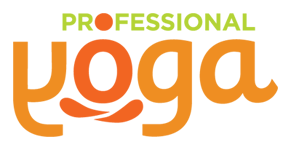How it works
The breath is the body’s most critical function, so it’s no great surprise that the way we breathe can have an impact on our state of mind, emotions and well-being. Our breathing is controlled by a great big dome-shaped muscle called the diaphragm that sits underneath the rib cage. The diaphragm is physically attached to the layers of tissue that surround the heart muscle. So when we breathe, it affects our heart as well: rapid, shallow breathing puts stress on the heart, causing it to beat faster, while slow, deep reduces tension on the heart muscle, causing it to beat a bit more slowly.
When we are stressed, we unconsciously tend to breathe shallowly and quickly, and the body pumps more oxygen to the heart in case it needs to engage a “fight or flight response”. This automatically puts other, “secondary” bodily functions on hold, especially “nourishing” processes, such as digestion, sleep, and restoration of the cells (which is why we get sick so much when we’re stressed!). The breathing techniques here emphasise deep, regular breaths and activate areas of the nervous system (the parasympathetic system) which tell the body to relax and engage in healing and nourishing processes.
When the relaxation response is activated:
![]() Your heart rate decreases
Your heart rate decreases
![]() Breathing becomes slower and deeper
Breathing becomes slower and deeper
![]() Blood pressure drops or stabilises
Blood pressure drops or stabilises
![]() Your muscles relax
Your muscles relax
![]() Your body begins to heal
Your body begins to heal
In addition to its calming physical effects, the relaxation response also increases energy and focus, combats illness, relieves aches and pains, heightens problem-solving abilities, and boosts motivation and productivity. Best of all, anyone can reap these benefits with regular practice.

